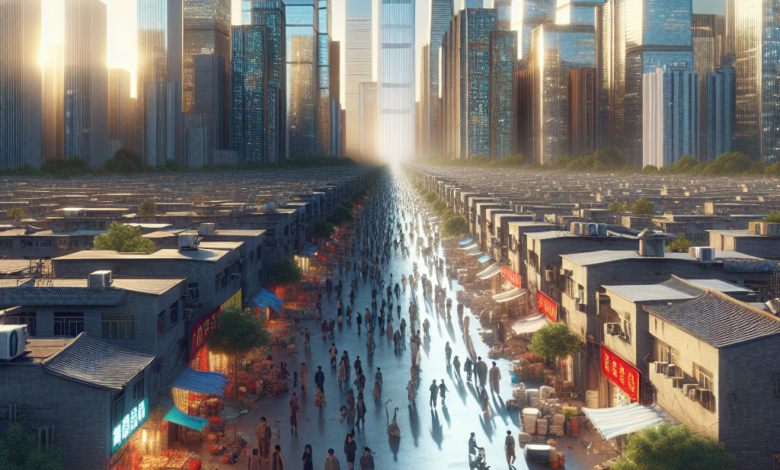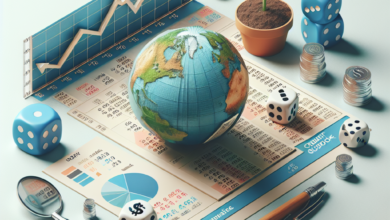China’s Middle Income Trap: A Consequence of Economic Imbalance in Beijing

China’s Middle Income Trap: A Consequence of Economic Imbalance in Beijing
China’s economic model, celebrated for its success in areas such as electric cars, batteries, and solar panels, is undergoing a significant shift. During a recent visit to the northeastern province of Heilongjiang, known for its less dynamic industries, President Xi Jinping introduced his vision for the future of China’s economy: ‘new quality productive forces’. This concept, echoed in speeches and articles across all levels of the Chinese Communist Party, emphasizes technological progression and scientific advancements as key drivers of improved production.
However, despite the consumerist image of cities like Shanghai, Chinese people consume relatively little. This is largely due to the fact that most Chinese citizens have middle-country incomes and prioritize saving money as a form of security. The domestic market is not ample enough to support all the production in China, and as a result, the nation relies heavily on exports. This heavy reliance on exports is posing a challenge as China is already the world’s leading exporter and other countries may need to reduce their own production to accommodate Chinese goods.
The slowing economy, a potential ‘middle-income trap’, and the shift towards state capitalism are all structural issues hindering China’s growth. Factors such as rapid aging, a real-estate bubble, and high levels of debt are contributing to the slowdown. Additionally, government policies have negatively affected business confidence and private investment. China’s export-led growth has reached its limit in a time of deglobalization and protectionism. Sanctions and restrictions on technology further constrain growth and foreign direct investment.
Notably, a high household savings rate and low consumption rate are also hampering growth. The government’s focus on high-tech manufacturing and exports may lead to overcapacity and dumping in global markets. Sustainable, structural acceleration in China’s GDP growth will not occur until significant changes are made. The overbuilt real estate industry needs to be addressed quickly and confidence must be restored to drive down savings and encourage consumers and corporations to spend on quality upgrades.





